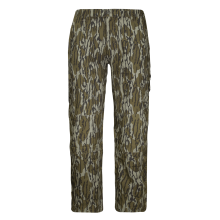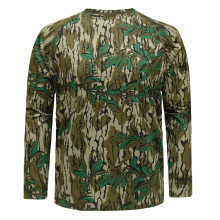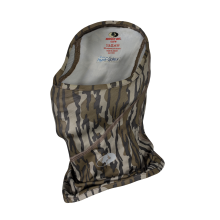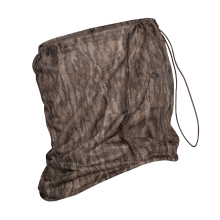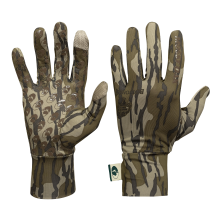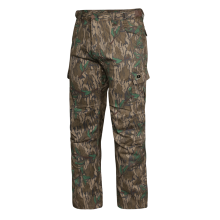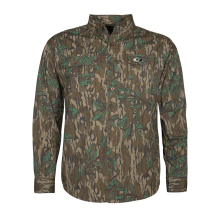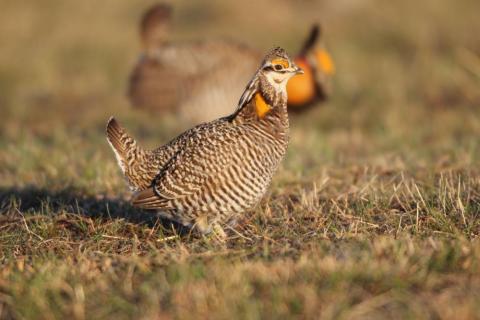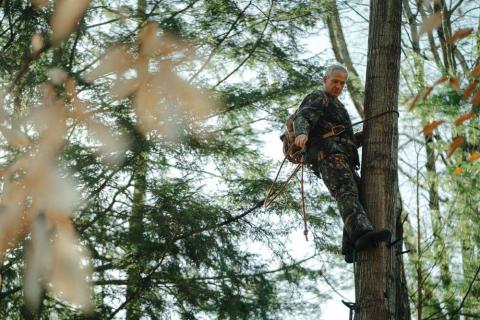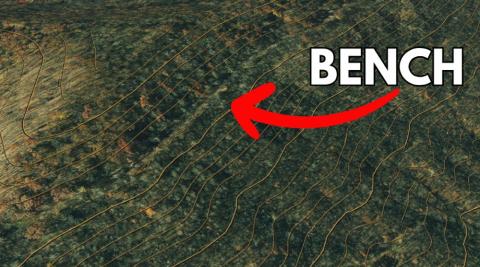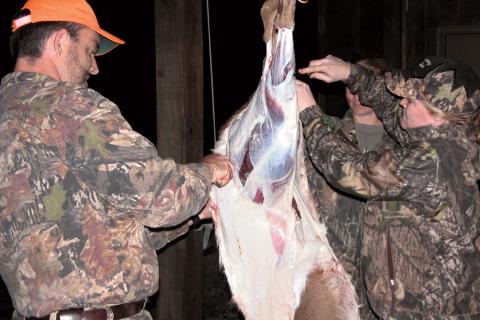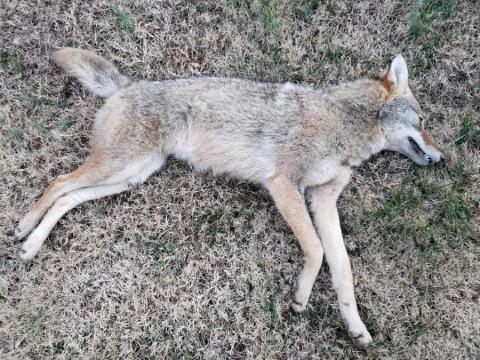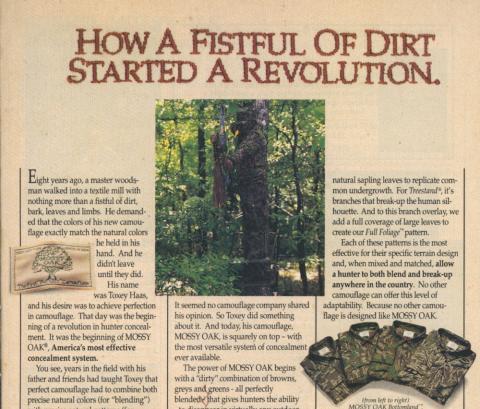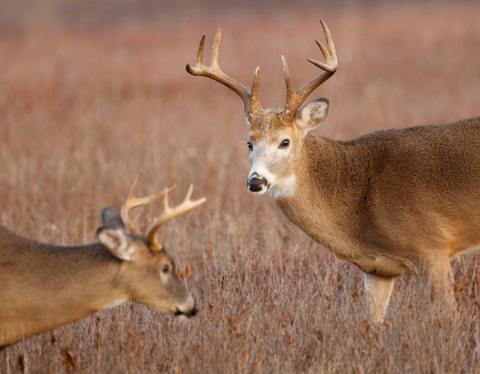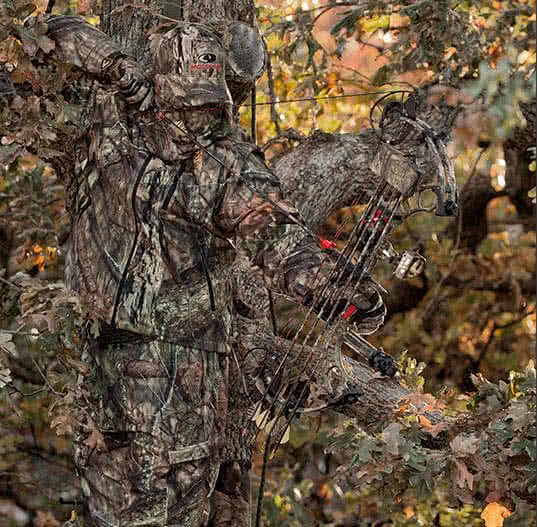
By Heath Wood
May marks the peak of fawning and poult hatching season, making it a crucial time for wildlife survival. As hunters and conservationists, we play a vital role in ensuring the next generation of whitetail deer and wild turkeys thrive.
Countless stories and viral videos show how coyotes and other predators affect fawn survival rates. One well-known claim, supposedly supported by a study, tells of a single coyote den being fed 14 fawns in just one denning season. And of course, there are plenty of YouTube clips showing fawns being chased down and even killed during intense attacks by hungry coyotes. Still, like many other hunters, I often find myself questioning just how significant this predator impact really is—does it truly make that big of a difference?
A few years back, a good friend and I dedicated six straight years to year-round predator hunting and calling. During that time, I significantly scaled back my deer and turkey hunts to fully focus on coyotes. One thing that always stood out, especially during the summer months, was how effective our calling was when coyotes were raising and feeding their pups. They responded more aggressively and eagerly to distress calls. We frequently used baby fawn distress sounds, and almost every time, whitetails would charge into the field, ready to defend what they believed was an injured fawn. The number of coyotes we successfully called in was impressive, too. It really makes you think there’s something to the theory that baby fawns are constantly fighting for their lives, and the predator response reflects that.
On another occasion, while driving to my hunting property to check summer game cameras, I witnessed a coyote and an adult whitetail doe face to face, a short distance from the road. As a concerned hunter, I repeatedly honked my truck horn until the coyote spooked away from the deer. Once the coyote ran off, I continued down the road. After cresting the next hill, I saw a baby fawn standing beside the roadway, looking very frightened. The fawn had fled while the doe distracted the coyote. That same year, I also captured game camera images of coyotes actively chasing does and fawns. Between those photos and my firsthand experiences in the field, it’s clear that predator management is essential if you want your deer and turkey populations to flourish. Coyotes' impact on fawn survival isn’t just speculation; it’s very real.
What can we, as hunters, do to help control predators? Implementing predator management, improving habitat, adopting responsible land management practices, and minimizing human disturbance where we hunt can enhance survival rates for fawns and poults.
Predator Management to Increase Poult and Fawn Survival

One of the most significant threats to fawn and poult survival is predation. Coyotes, bobcats, raccoons, and other predators can significantly impact populations if left unchecked. As hunters, we can actively participate in predator control efforts to help young deer and turkeys mature. One of the most popular and effective methods of predator control is trapping and hunting predators. During late winter and early spring, trapping species such as raccoons and coyotes can reduce predation pressure on nesting hens and newborn fawns. Night hunting for coyotes during the winter can also be an effective method. Yet, one of the most productive ways to manage coyotes to save baby fawns and turkeys is by continuing to hunt through the summer. Coyotes are territorial animals whose areas are constantly changing. To better explain, when a coyote leaves a pack, whether it be dying from natural causes, being hit by a car, or being taken by a hunter, within a few days, another coyote from a different area will move into the area to replace it. What this means for deer and turkey hunters trying to manage predators is that if you take a few coyotes off your land during the winter, by the time late spring and summer arrive and it is time for fawns and poults to be born, more coyotes will have moved in. Trapping works excellently for nesting predators such as raccoons and will dramatically increase the success rate of wild turkey eggs being hatched, instead of being snatched up beforehand. However, for fawns, you must take coyotes when they are more vulnerable, which is late spring and summer.
Habitat Improvement for Brooding Cover

Adequate cover is essential for fawns and turkey poults to evade predators and harsh weather conditions. A thick cover for bedding and nesting is vital. Leaving standing grasses, thickets, and brushy areas provides critical hiding spots for newborn fawns and nesting hens, making it harder for predators to reach them. What can we as hunters do to help? Planting native grasses, wildflowers, and shrubs ensures poults and fawns have both nourishment and cover, so plant during the off-seasons to assist each year when fawns and poults are born. Timber Stand Improvement (TSI) is a highly effective habitat enhancement that can improve success rates. Selective thinning of trees allows sunlight to reach the forest floor, promoting new undergrowth that benefits deer and turkeys. Again, this should be done during winter or early spring, before fawns and poults are born. Then, when mowing and hay season arrive, it is vital to keep wildlife in mind. First, landowners should always be aware of their surroundings when operating machinery. Unfortunately, farm machinery destroys many fawn and turkey nests yearly. It is important to create gradual transitions between forests and fields to provide an ideal habitat for young turkeys and fawns to hide from predators and avoid machinery.
Responsible Land Management Practices

Food plots and supplemental feeding are two critical methods for ensuring healthy wildlife capable of raising their young without the stress of finding food. Establishing food plots with high-protein plants such as clover, soybeans, and alfalfa can help whitetail does produce more nutrient-rich milk for their fawns. Turkey poults thrive in insect-rich environments, so planting crops that attract bugs, like millet and sunflowers, can support their growth. Food plots are also beneficial because invasive plants can outcompete essential native vegetation, providing food and wildlife cover. Managing these species fosters a healthier ecosystem.
As with any living creature, food and water are necessary for survival. Accessible water sources, such as small ponds, creeks, or water troughs, are needed for young wildlife, especially during dry months. If water is unavailable, hunters can supplement it the way they do with food. Use small water tanks or wildlife-specific waterers to help keep animals hydrated and healthy.
Minimizing Human Disturbance
Minimizing human interference during the critical fawning and hatching season can help increase survival rates. It is important to avoid disturbing nesting and fawning areas during late spring and summer. Limiting trips through known bedding and nesting areas reduces stress and the likelihood of predator detection. Furthermore, mowing or haying may need to be done; however, waiting until later in the summer to mow hayfields and pastures can prevent accidental nest destruction and fawn mortality.
As hunters, we support and sustain the wildlife populations we cherish. By managing predators, enhancing habitat, stewarding land responsibly, and minimizing human disturbance, we can significantly boost the survival rates of whitetail fawns and turkey poults. By taking these steps, we ensure healthier deer and turkey populations for future generations of hunters and conservationists alike.
Read More: Bolstering Your Fawn Crop







